When the sun peeks over the horizon and the city awakens, there’s nothing quite like the thrill of a smooth, efficient ride through urban streets. Urban biking isn’t just about getting from point A to point B—it’s a lifestyle. It’s an invitation to join a community of explorers, innovators, and green warriors who have embraced a faster, more eco-friendly way to commute. In this guide, we’ll explore everything from the basic anatomy of an urban bike to the nuanced details that will help you pick a ride that perfectly fits your personality and needs. So, strap on your helmet and let’s dive in!
The Urban Bike Revolution
A New Kind of Commuter Culture
Urban commuting has undergone a renaissance in recent years. As cities grow and traffic congestion becomes a daily ordeal, more and more people are turning to bikes as a solution. Urban bikes are built for efficiency, style, and practicality. They embody the spirit of modern living—eco-conscious, health-oriented, and tech-savvy. Whether you’re weaving through busy streets, cruising along tree-lined boulevards, or hopping on and off public transport, the right urban bike can make all the difference.
Imagine a typical morning: You wake up, grab your freshly brewed coffee, and step outside to the soft hum of the city. Instead of sitting in bumper-to-bumper traffic, you glide along bike lanes, greeting friendly faces and soaking in the vibrant energy of urban life. That’s the promise of the perfect urban bike.
Why Urban Bikes?
Unlike their road, mountain, or hybrid counterparts, urban bikes are designed specifically with city life in mind. Their features include:
- Lightweight frames: Making it easy to maneuver through crowded streets.
- Ergonomic designs: Ensuring comfort during long rides.
- Practical accessories: From fenders to racks, urban bikes come equipped with everything you need to tackle unexpected weather or carry your essentials.
This focus on utility and style means you’re not just investing in a bike—you’re investing in a lifestyle upgrade.
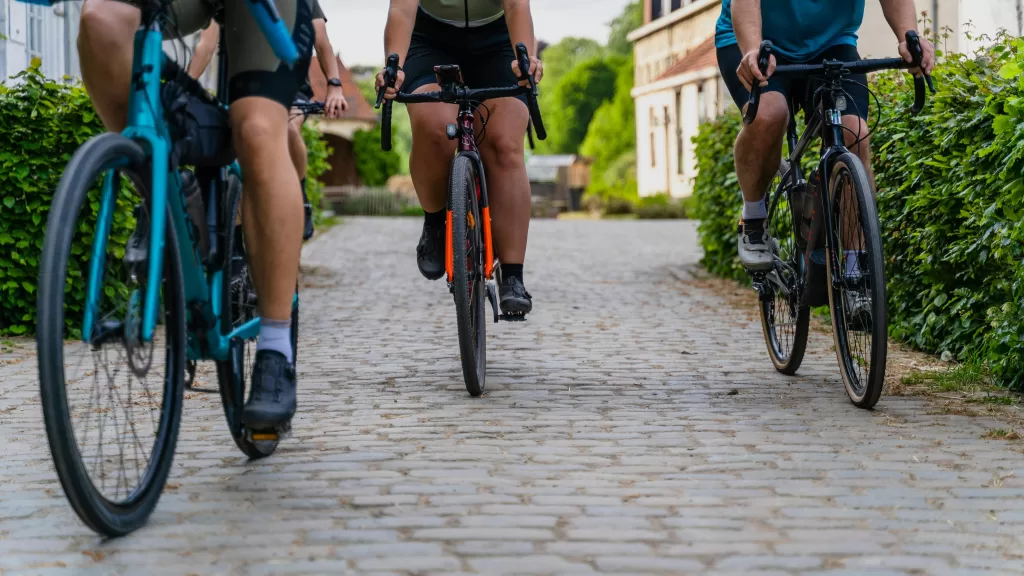
Step 1: Assess Your Commuting Needs
Before you start drooling over the sleekest bike in the shop, take a moment to consider your own commuting routine. Ask yourself:
- What’s my average commute distance?
If you’re cycling short distances daily, a lighter, more nimble bike might be ideal. Longer commutes might require something with extra comfort and stability. - What terrain will I encounter?
Urban environments are rarely uniform. You might have to tackle potholes, cobblestones, or even unexpected gravel paths. The right bike should handle these with ease. - Will I be carrying extra gear?
Think about your day-to-day necessities: a laptop, gym bag, or groceries. Opt for bikes that have built-in racks, pannier systems, or space for a sturdy basket.
Understanding your personal needs will significantly narrow down your choices and ensure that the bike you choose is the one that fits your lifestyle like a glove.
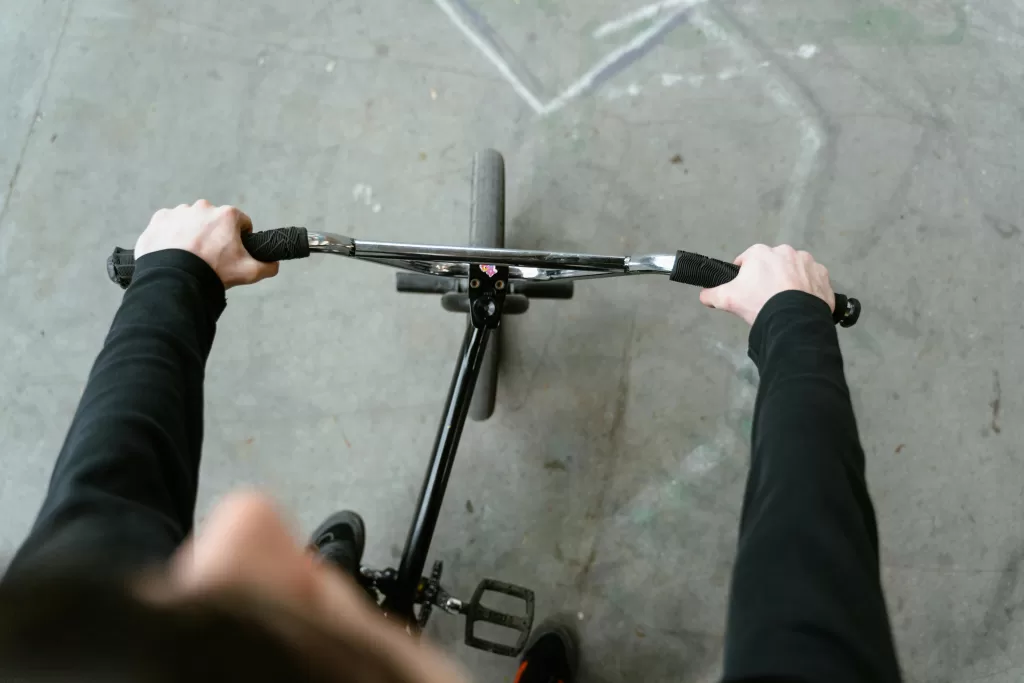
Step 2: Deciphering the Types of Urban Bikes
There are several types of urban bikes available, each with its own set of characteristics. Here’s a quick rundown:
1. City Bikes
City bikes are the classic choice for urban commuting. They often feature:
- Step-through frames: Easy to mount and dismount, ideal for riders of all ages.
- Comfortable seating: Prioritizing ergonomics and long-term comfort.
- Built-in accessories: Think fenders, chain guards, and sometimes even integrated lights.
These bikes are perfect if you’re looking for something reliable and practical, without a hint of unnecessary flair.
2. Hybrid Bikes
Hybrid bikes blend the best of both worlds: the speed of a road bike with the ruggedness of a mountain bike. They’re excellent for riders who need a versatile ride that can handle both smooth urban roads and the occasional rough patch. Key features include:
- Moderate weight and robust tires: Balancing speed and stability.
- Versatile gearing systems: Perfect for handling hills and flat terrains alike.
3. Folding Bikes
For those with limited storage or who combine biking with public transit, folding bikes are a game-changer. Their compact design allows you to fold them up and stow them in a car trunk, office, or even on a train. They may not have the same ride quality as a full-sized bike, but their convenience is unmatched.
4. Electric Bikes (E-bikes)
Electric bikes have been gaining popularity in urban settings. With a motor to assist your pedaling, these bikes make longer commutes and hilly terrains feel like a breeze. Consider these if:
- You have a longer commute or challenging terrain.
- You prefer a bit of extra speed without breaking a sweat.
- You’re looking to extend your riding range while reducing physical strain.
Each bike type brings its own advantages to the table. Choose one that resonates with your daily commute and the unique challenges of your urban environment.

Step 3: Key Features to Look For
1. Frame Material
The frame of your bike is like its backbone. Most urban bikes come with frames made of:
- Aluminum: Lightweight, durable, and resistant to rust—ideal for everyday use.
- Steel: Renowned for its strength and comfortable ride quality, though it can be a bit heavier.
- Carbon Fiber: Offers a superior strength-to-weight ratio and a smooth ride but comes at a premium price.
Choose a material that strikes the perfect balance between durability, weight, and cost.
2. Braking System
Safety should always be a top priority. Urban bikes typically come with two main types of brakes:
- Rim brakes: Cost-effective and easy to maintain. However, they might not be as effective in wet conditions.
- Disc brakes: Provide superior stopping power and perform well in all weather conditions, making them a popular choice for city dwellers.
For a busy urban environment where every second counts, investing in a reliable braking system is non-negotiable.
3. Gearing
Modern urban bikes often feature multi-speed gearing systems that help you tackle varying terrains. Consider:
- Internal gear hubs: These keep your gears protected from the elements and require less maintenance.
- Derailleur systems: Offer a wide range of gears but might need more regular upkeep.
Understanding your route’s elevation and obstacles will help you decide which gearing system works best.
4. Accessories and Add-ons
An urban bike isn’t just about the frame and wheels; it’s about the complete package. Look for bikes that offer:
- Integrated lights: For visibility and safety.
- Fenders: To keep you dry during unexpected showers.
- Racks and baskets: Perfect for carrying your daily essentials without needing an additional bag.
- Locking mechanisms: Some bikes come with integrated locks, adding an extra layer of security.
Remember, the right accessories can transform your riding experience, turning a basic commute into a stylish journey.

Step 4: Fit and Comfort
Even the most high-tech bike in the world is only as good as its fit on your body. An ill-fitting bike can lead to discomfort, inefficiency, or even injury over time. Here’s how to make sure your bike feels like an extension of yourself:
1. Size Matters
Bike sizing isn’t one-size-fits-all. Urban bikes come in various sizes, and many manufacturers offer adjustable components to help tailor the fit. When trying out a bike:
- Check the standover height: There should be enough clearance between your crotch and the top tube.
- Test the reach: Ensure that you can comfortably reach the handlebars without stretching or cramping.
- Seat height and angle: A properly adjusted saddle can significantly improve comfort and efficiency. Many bikes now come with easy adjustment features to help you dial in the perfect position.
2. Test Rides Are a Must
Don’t just rely on specifications—feel is everything. Many bike shops offer test rides. Use these opportunities to assess:
- Overall comfort: Does the bike feel natural to ride? Do you feel in control?
- Handling and maneuverability: Can you easily navigate through traffic and tight corners?
- Vibration absorption: Urban roads aren’t always smooth. A bike with good shock absorption can make a huge difference during a bumpy ride.
3. Customizing for You
If you’re a committed urban commuter, it might be worth investing in customization. Whether it’s adding a suspension seat post or upgrading your handlebars for a better grip, these tweaks can enhance your overall riding experience. Some riders even opt for custom-fitted bikes designed specifically to match their body measurements and riding style.
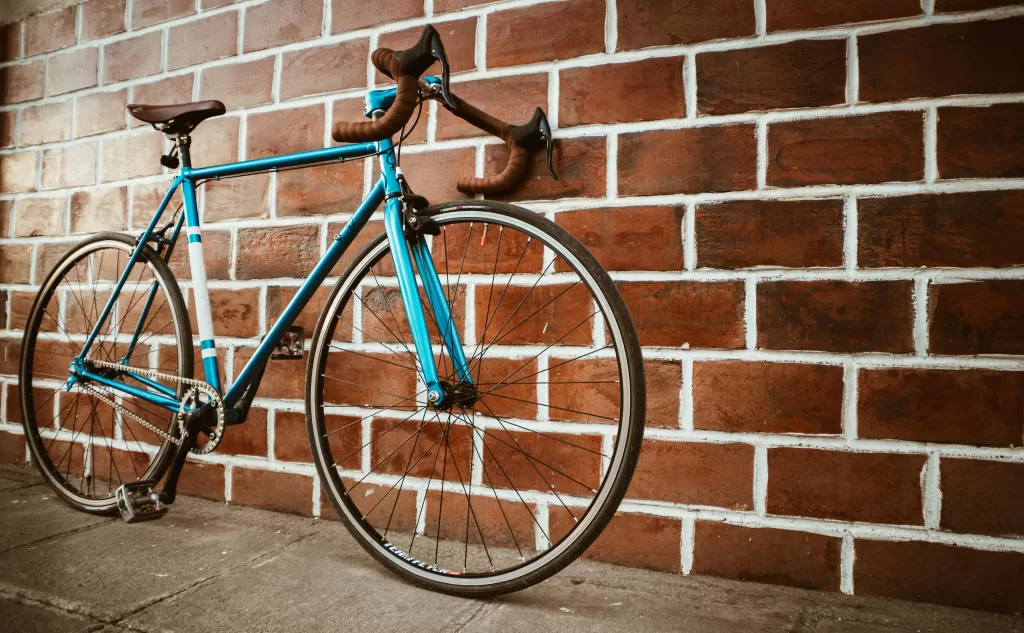
Step 5: Style and Personality
Your bike is an extension of your personality. In the world of urban commuting, style isn’t just about looks—it’s about expressing who you are while you’re out on the road. Here are some tips to help you choose a bike that speaks to your style:
1. Color and Design
Urban bikes come in a dazzling array of colors and designs. Whether you prefer a sleek, minimalist look or something bold and eye-catching, there’s an urban bike out there for you. Bright colors can increase visibility on busy streets, while matte finishes might give off a more refined, understated vibe.
2. The “Wow” Factor
Some urban bikes come with unique design elements that set them apart from the crowd. This could be anything from vintage-inspired details to modern, futuristic aesthetics. Don’t be afraid to choose a bike that makes a statement—after all, it’s one of the few things that will accompany you on your daily adventures.
3. Personal Touches
Many riders like to personalize their bikes with accessories that reflect their personality. Think quirky stickers, custom grips, or even a stylish saddle cover. These small touches can make your bike truly one-of-a-kind and a conversation starter wherever you go.

Step 6: Budget and Long-Term Considerations
Choosing the perfect urban bike is not just about finding the best fit and features—it’s also about balancing your budget with your needs. Here’s how to approach the financial side of things:
1. Initial Cost vs. Long-Term Investment
Think of your bike as an investment in your health, your time, and your lifestyle. While it might be tempting to go for the cheapest option, a slightly higher upfront cost might translate into better durability, performance, and fewer maintenance issues over time.
2. Maintenance and Upkeep
Urban bikes are built for daily use, which means regular maintenance is key. Factor in the cost of periodic tune-ups, replacement parts, and any upgrades you might need in the future. Investing in quality components now can save you money and hassle down the road.
3. Resale Value
Believe it or not, some urban bikes hold their value better than others. If you plan on upgrading in the future, consider a bike that is known for its durability and brand reputation. This way, when the time comes to sell or trade up, you’ll be in a better position financially.
Real-Life Commuter Stories: Inspiration from the City
To bring all these tips to life, let’s dive into a few real-life commuter stories that highlight the transformative power of urban biking.
Story 1: Emma’s Eco-Friendly Commute
Emma, a graphic designer living in the heart of the city, switched to an electric urban bike a few years ago. “I used to dread my commute—it was noisy, congested, and just plain stressful,” she recalls. “Now, not only do I get to enjoy the fresh morning air, but my e-bike makes even the steepest hills feel like a breeze. Plus, I’m saving money on gas and parking!” Emma’s experience underscores how the right bike can turn a stressful daily routine into an energizing start to the day.
Story 2: Mark’s Minimalist Journey
Mark, a software engineer and self-professed minimalist, opted for a classic city bike with a step-through frame and clean lines. “I love the simplicity of my ride,” he says. “It’s not overloaded with unnecessary features, and that’s exactly what I need to navigate the busy urban jungle. Every morning, I feel like I’m part of a movement—a community that values quality over flash.” Mark’s story is a reminder that sometimes, less truly is more.
Story 3: Lisa’s Urban Adventure
Lisa is an urban explorer who loves to discover hidden gems in her city. She chose a folding bike so she could easily combine her rides with public transport and spontaneous day trips. “My folding bike is my passport to adventure,” she explains. “It’s compact enough to take on the metro, yet robust enough to handle city streets. It’s given me the freedom to explore parts of the city I’d never have discovered otherwise.” Lisa’s experience shows that the right bike can open up a world of possibilities, blending practicality with adventure.
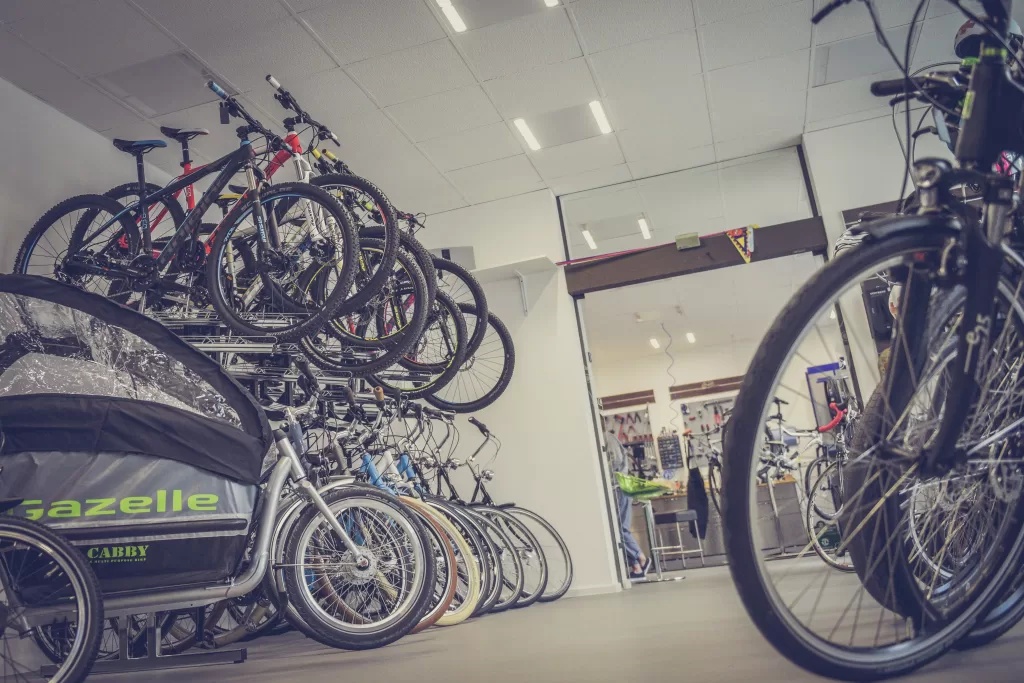
Making the Final Decision: Tips for a Confident Choice
After weighing your options, the features, and your personal needs, it’s time to make the final call. Here are some tips to ensure you’re making a confident, well-informed decision:
1. Do Your Research
Spend time reading reviews, visiting bike shops, and talking to fellow commuters. Online forums, local biking clubs, and even social media groups can provide valuable insights and firsthand experiences that can guide your decision.
2. Test Ride, Test Ride, Test Ride
If possible, test ride multiple bikes before settling on one. Notice how each bike responds to quick stops, tight turns, and long rides. Pay attention to subtle details like the ergonomics of the handlebars and the ease of adjusting the saddle. The bike that feels the most natural and comfortable is likely the best fit for you.
3. Consult the Experts
Bike shop employees are typically passionate about their products and can offer recommendations tailored to your unique needs. They can help you understand the technical specifications and what to look out for in terms of maintenance and durability.
4. Trust Your Instincts
Ultimately, your bike should resonate with you on a personal level. It should make you excited to hop on and explore the city. Trust your instincts—if a bike feels right, then it probably is.
Wrapping It Up: Your Journey Begins Now
Choosing the perfect urban bike is more than just a shopping decision—it’s the beginning of a new way of living. With the right bike, you’re not only investing in a mode of transportation; you’re embracing a lifestyle that champions health, sustainability, and adventure.
Imagine all the mornings where you bypass traffic, the spontaneous stops at a charming cafe, and the newfound sense of freedom as you cruise through your city. Each ride becomes a mini adventure, an opportunity to rediscover your urban landscape with fresh eyes.
Remember, the journey to finding your perfect urban bike is just as exciting as the ride itself. Take your time, explore your options, and most importantly, enjoy the process. The perfect urban bike is waiting for you—one that will transform your daily commute into an exhilarating ride full of possibilities.
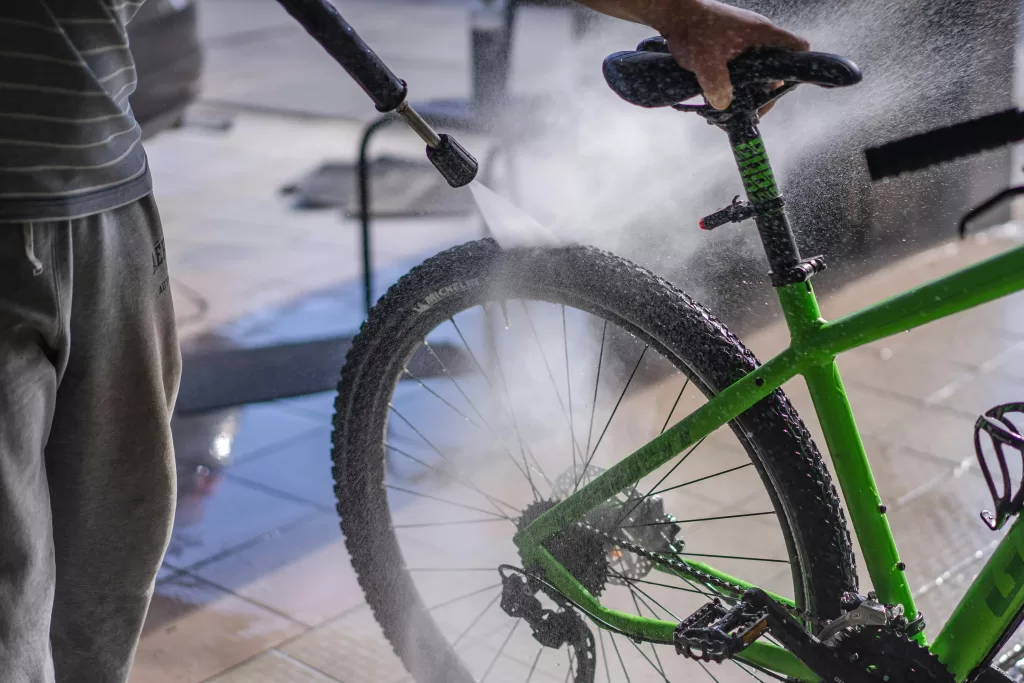
Bonus Section: Essential Urban Bike Maintenance Tips
Once you’ve found your dream bike, keeping it in top shape is crucial. Here are some handy maintenance tips to ensure your bike remains reliable and safe, day after day.
1. Regular Cleaning
Urban environments can be unpredictable—mud, oil, and dust are all part of the daily ride. Clean your bike regularly with mild soap and water. Avoid high-pressure washers as they might damage delicate components.
2. Tire Pressure
Keeping your tires at the right pressure is essential for a smooth ride. Check them regularly, especially before long commutes. Properly inflated tires not only improve efficiency but also reduce the risk of punctures.
3. Brake Checks
Brakes are a vital safety feature. Inspect them frequently to ensure they’re responding well. Replace worn brake pads promptly to avoid any mishaps on busy city streets.
4. Chain Maintenance
A clean, lubricated chain is key to a smooth ride. Wipe it down after rides in wet or dirty conditions and apply a suitable lubricant to keep it running smoothly.
5. Professional Tune-Ups
Even if you’re handy with your bike, professional tune-ups can catch issues that might otherwise go unnoticed. Schedule a service check once or twice a year to ensure your bike remains in peak condition.
Final Thoughts
Choosing the perfect urban bike is an exciting venture into a lifestyle that celebrates health, efficiency, and the urban spirit. It’s about finding that perfect balance between form and function, where every ride is not just a commute, but a journey filled with discovery, fun, and personal growth.
From assessing your commuting needs to fine-tuning every little detail, the process of selecting an urban bike is an adventure in itself. Whether you’re drawn to the simplicity of a classic city bike, the versatility of a hybrid, the compact convenience of a folding bike, or the extra boost of an electric bike, there’s a perfect match out there waiting to become your trusty companion.
So, here’s to the ride of a lifetime! Embrace the open road (or rather, the bustling urban landscape), explore new corners of your city, and enjoy every moment as you pedal towards a greener, more exciting future.
Happy riding!




